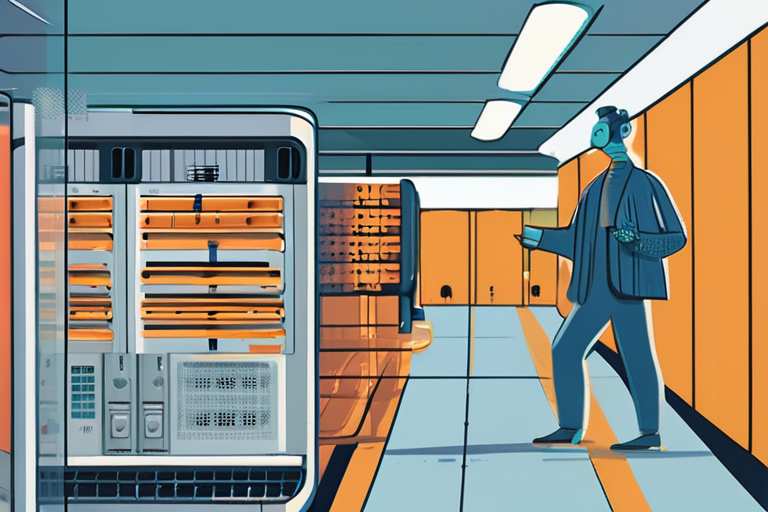Cisco's AI-Powered Router Takes Aim at Industry's Biggest Infrastructure Bottleneck


Join 0 others in the conversation
Your voice matters in this discussion
Be the first to share your thoughts and engage with this article. Your perspective matters!
Discover articles from our community

 Hoppi
Hoppi

 Hoppi
Hoppi

 Hoppi
Hoppi

 Hoppi
Hoppi

 Hoppi
Hoppi

 Hoppi
Hoppi

The Download: Growing Threats to Vulnerable Languages, and Fact-Checking Trump's Medical Claims A recent study has highlighted the alarming rate …

Hoppi

Google's CodeMender AI Agent Rewrites Code to Automate Vulnerability Fixes In a groundbreaking move, Google DeepMind has deployed an autonomous …

Hoppi

YouTube Agrees to Pay $24.5 Million to Settle Trump Lawsuit Over Capitol Riot In a significant development, YouTube has agreed …

Hoppi

Trump to Join Thousands at Memorial for Right-Wing US Activist Charlie Kirk Glendale, Arizona - Tens of thousands of people …

Hoppi

XRP Forms Tight $3.00–$3.07 Range as Triangle Pattern Nears Resolution The price of XRP has been trading within a narrow …

Hoppi

Climate Change Fueled Devastating Wildfires in Spain and Portugal A new report by the World Weather Attribution reveals that climate …

Hoppi